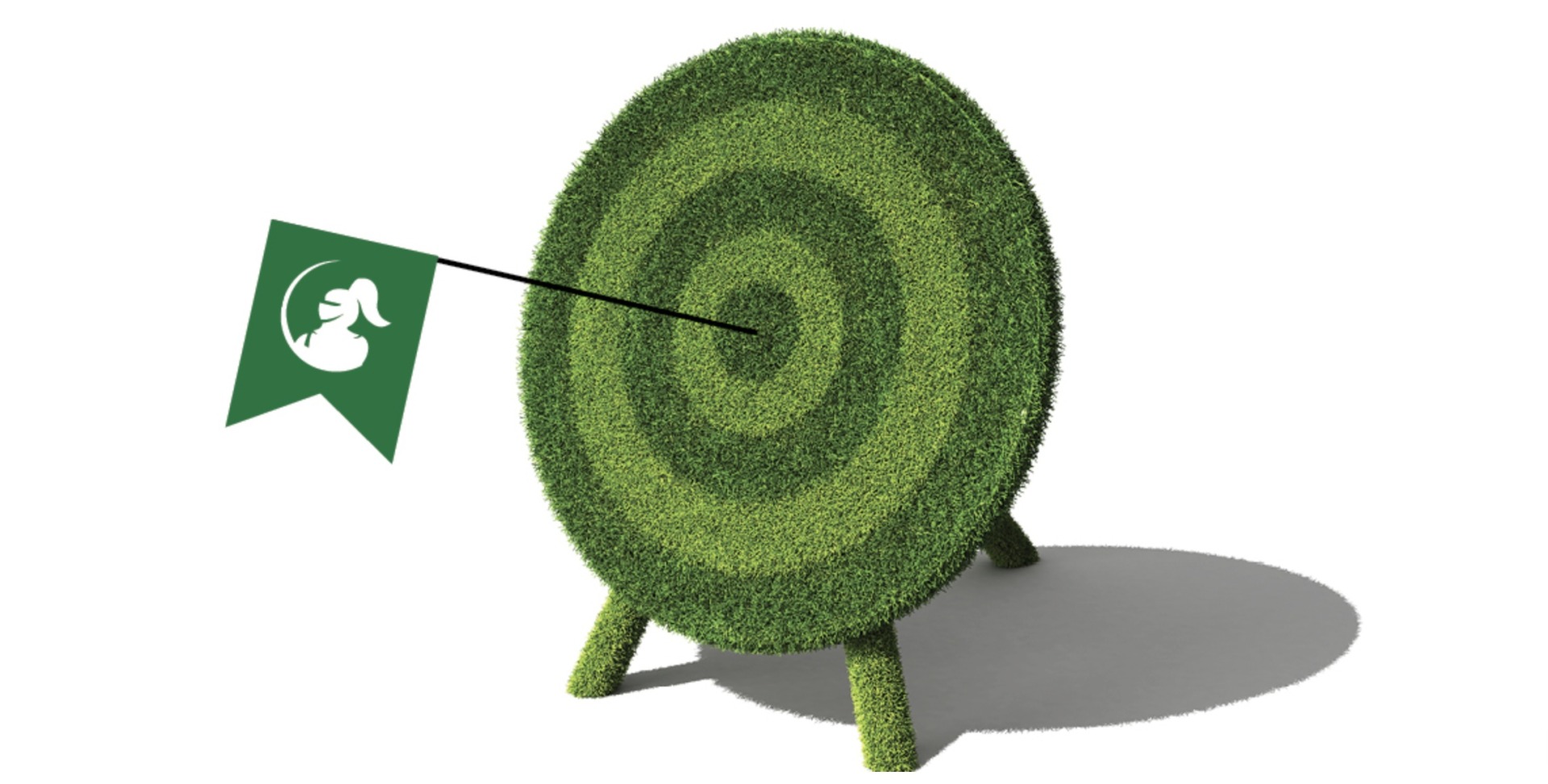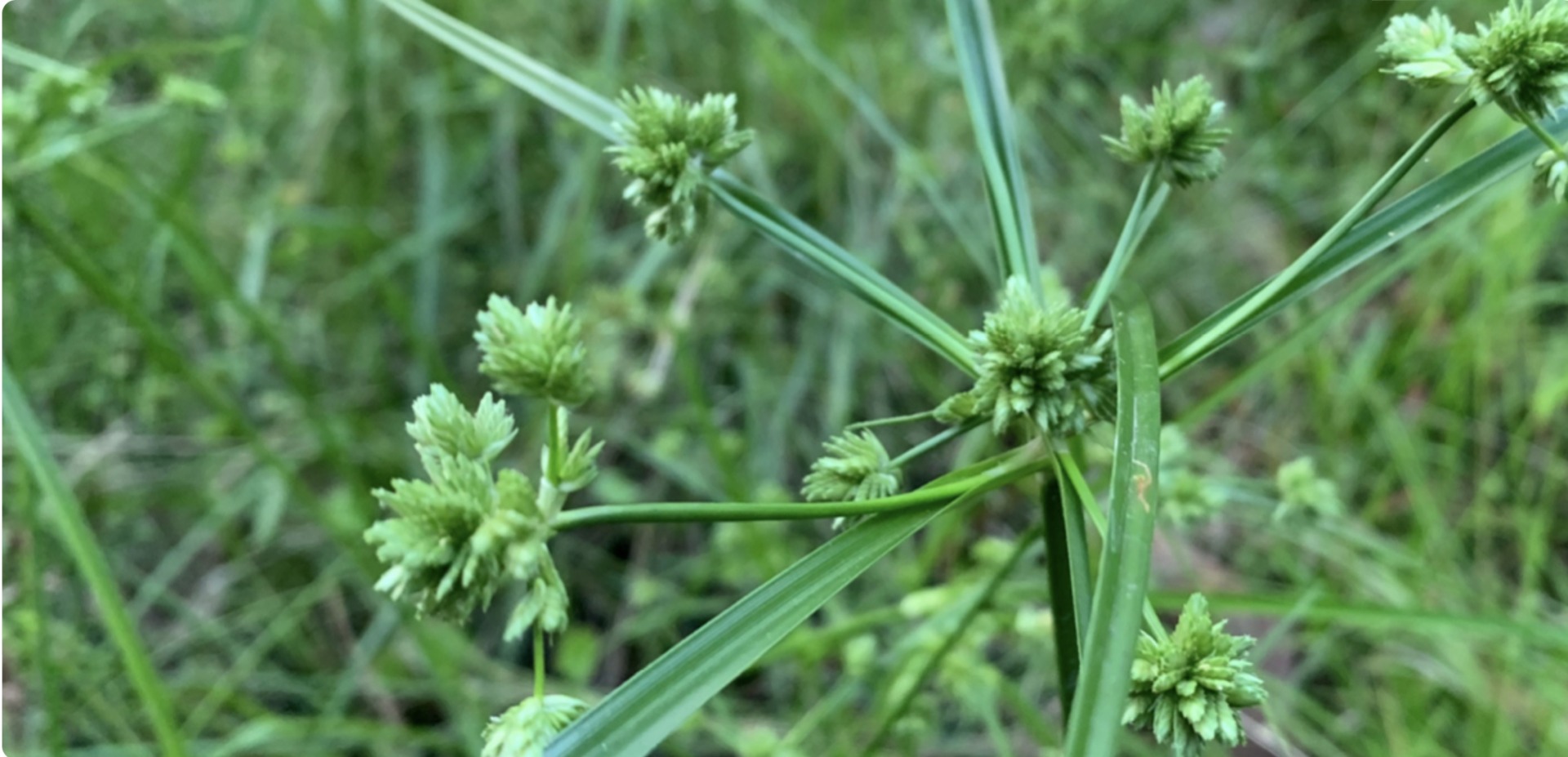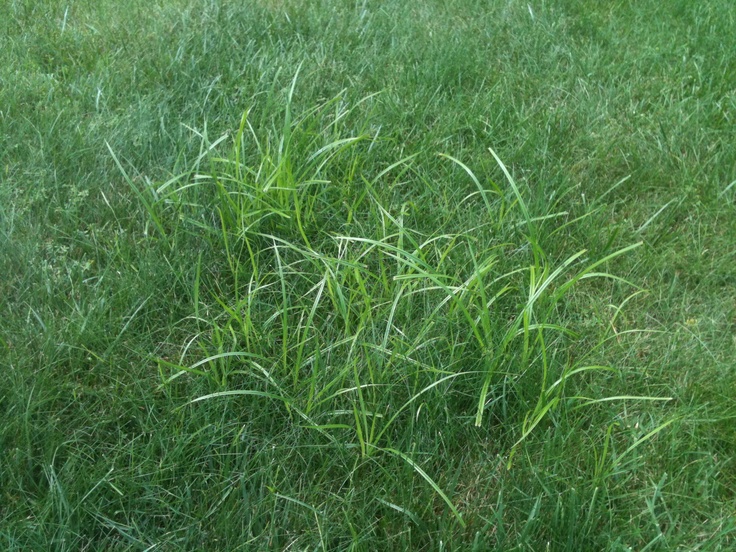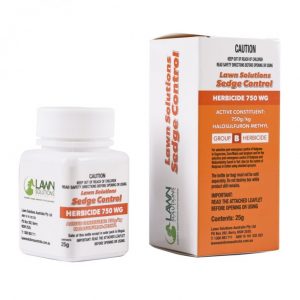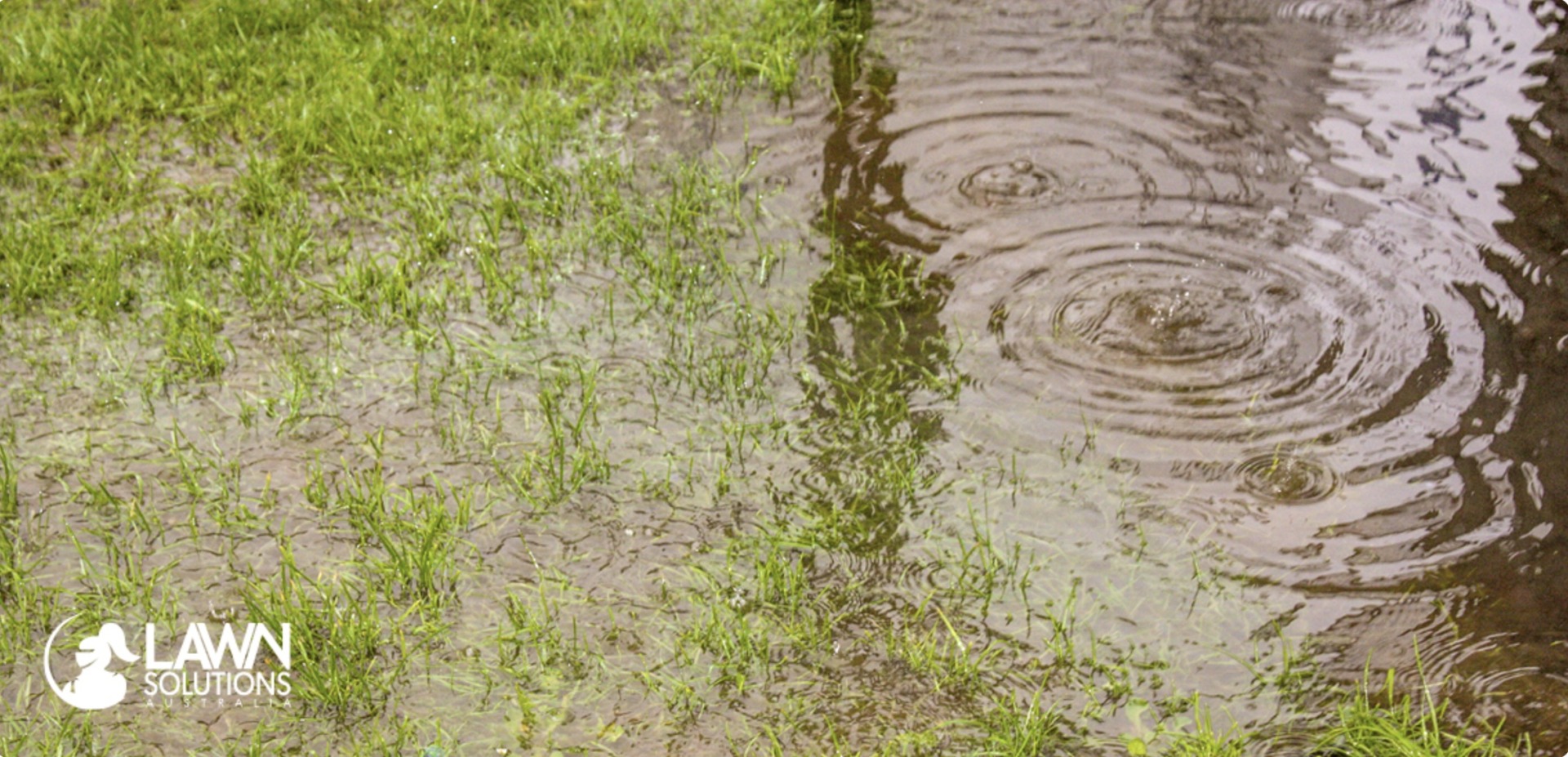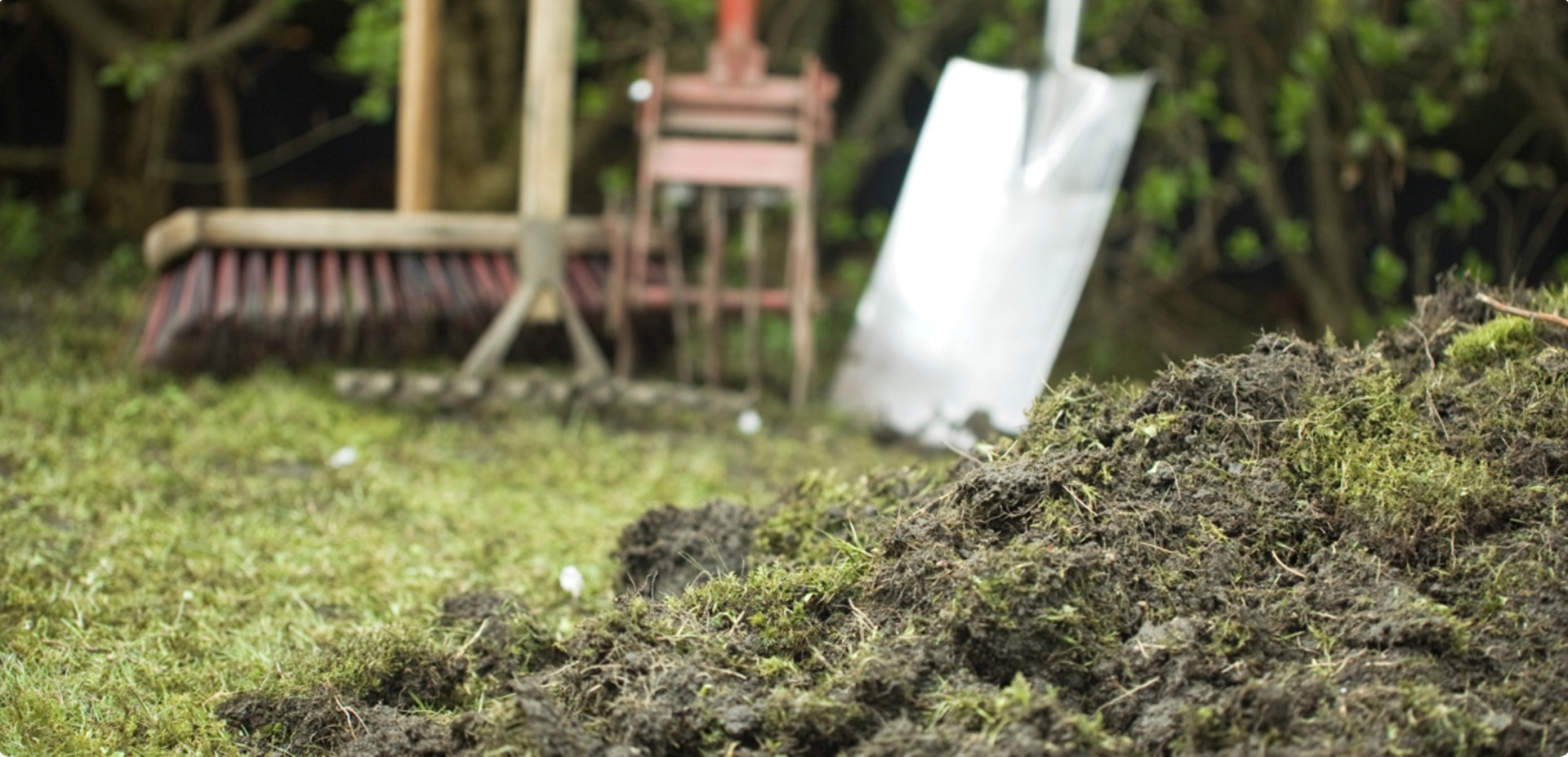Is your lawn having problems and not sure where to start? In this blog, we look at troubleshooting common lawn care problems to help you get your lawn back on track and in good health.
Step 1 – Is your lawn getting the amount of sunlight it needs?
Different types of grasses need different amounts of sunlight to thrive. If your lawn isn’t getting enough sun, it can become thin and sparse, and will eventually die out.
Buffalo grasses have a high shade tolerance needing a minimum of 3-4 hours of direct light or scattered light.
Couch grasses require at least 5-6 hours of direct light.
Kikuyu grasses love full sun areas, needing direct light throughout the whole day.
If your lawn isn’t getting the amount of light it needs, regularly prunes back any trees, bushes, and other foliage. This will help increase sunlight to the lawn. If your lawn is shaded by the house or other structures, choose a shade-tolerant variety that will be suited for your area.
For more information on why your lawn needs sunlight, check out our blog here.
Step 2 – Is your lawn getting affected by wear or a compacted soil base?
Does your lawn get lots of foot traffic either from pets or kids? When the soil base underneath your lawn becomes compacted, it can be difficult for the grass to grow its roots deep into the soil, affecting the lawn.
To help the soil deal with a compacted base, aerate the soil. Aeration is best done with a garden fork or tyne aerator. To aerate your lawn simply insert the fork into the lawn and give it wiggle back and forth. This will help fracture the soil profile, allowing air, nutrients, and water to flow better throughout the soil and allow the grass to grow a deeper root system.
Check out our blog on aeration for more information here.

Step 3 – Are you watering too much or not enough?
When watering an established lawn, it is best to only give it water when it needs it. Usually, you will only need to water when there is not enough rainfall to meet your lawn’s needs. The tell-tale signs your lawn needs water are:
- If the leaf is wilting or losing colour
- If your lawn leaves a footprint behind when you walk over it
- During hot weather, if your lawn is dry and crusty, and taking on a brown colour.
If you do need to water your lawn, it is best to water in the morning before the heat of the day. Avoid afternoon and evening watering as the lawn will sit damp overnight as this can cause fungal diseases to develop.

Step 4 – Does your lawn need fertilising?
Is your lawn lacking the nutrients it needs or is it in need of a boost? If so, a well-rounded fertiliser with a balanced ratio of nutrients may be needed.
For fertilising we recommend using our Lawn Solutions Premium Fertiliser this contains a combination of slow and fast release granules that will give your lawn a quick initial boost and will continue to feed the lawn for up to 12 weeks. This is a well-balanced fertiliser that contains all the essential nutrients your lawn needs to stay healthy and is suitable for all lawn varieties.
Exceed Liquid Fertiliser is also a great option for liquid fertiliser. Exceed will give your lawn a quick boost as it is absorbed by the leaf of the grass.
It is best to apply fertiliser around 2-3 times a year, once in Spring, Summer, and Autumn.
Step 5 – Is your lawn being mown enough?
During the hotter weather, warm-season varieties like couch, buffalo, kikuyu, and zoysia will be growing at a fast rate and will need to be mown more frequently.
For mowing, it is best to ensure you are mowing frequently enough so you remove no more than one-third of the leaf with each pass.
If your lawn has become overgrown or you are wanting to reduce your mowing height, mow a notch or two lower than your preferred mowing height. After this, the lawn won’t look great for the first few weeks, but the lawn will be able to recover and grow back at a lower height. Then on the next mow, you can raise your mower to your preferred mowing height and continue to mow regularly. This is best done when the grass is actively growing in spring and summer and should be avoided in the cooler months.
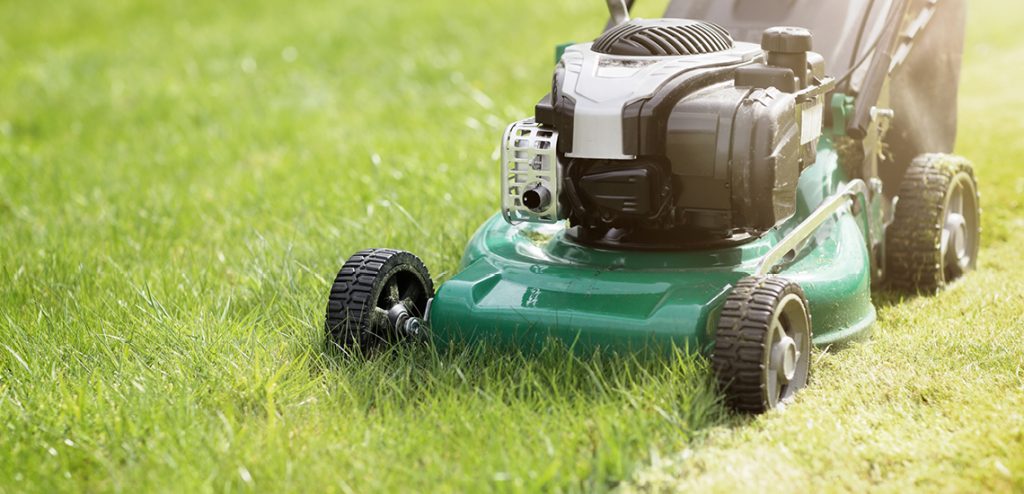
Step 6 – Is your lawn affected by grubs?
Has your lawn become dry and straw-like? Are their brown patches gradually spreading throughout your lawn? Common signs of a grub infestation include brown patches, increased bird activity and a spongy lawn.
If you are unsure if your lawn is affected by grubs, it is best to do a grub test. To do this, mix a bucket of soapy water and pour it over the edge of an affected area. Keep an eye on it and after about 10 minutes or so, usually, if there are grubs there, they will come to the surface. This is best done at dawn or dusk when grubs are most likely to be active.
If your lawn is grub affected, a fast-acting product like Grub Guard or Baythroid Advanced will provide a quick knockdown. A preventative insecticide like Acelepryn GR will help prevent another grub attack from occurring for up to 6 months.
For more information on how to stop grubs in your lawn, check out our blog here
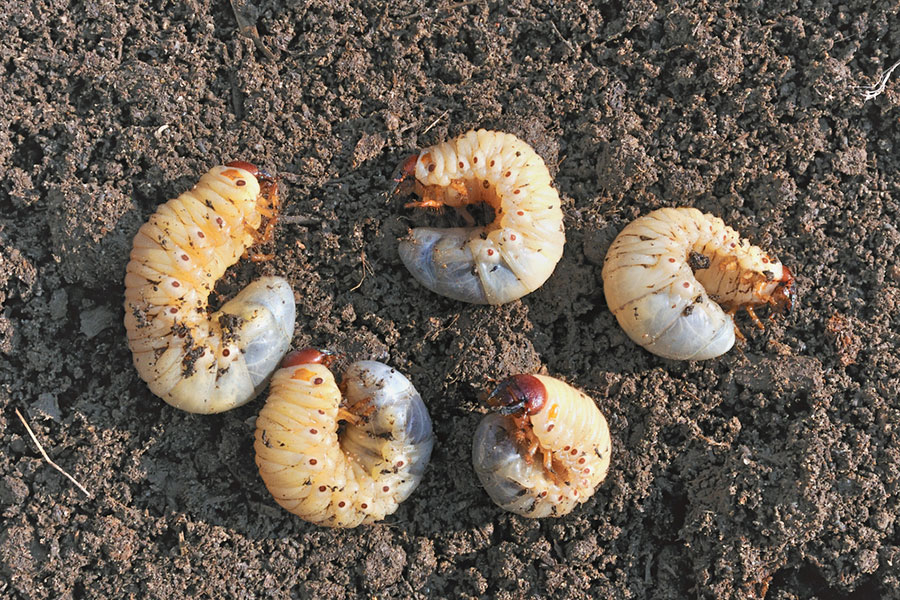
Step 7 – Is rain and humidity affecting your lawn?
Over the last few months, lots of areas across Australia have been facing hot, humid, and rainy conditions. This creates the perfect conditions for lawn diseases to occur.
Here’s what to do if your lawn has been affected by the disease:
- Stop additional irrigation and only water if your lawn needs it. This will allow the lawn to dry out.
- Give the area a good aerate with a garden fork. This will help drain away any excess moisture in the soil profile.
- If the lawn is still showing disease after this, you can look at applying a fungicide like Mancozeb to help clear it up.
Please check out our blog on lawn diseases for more information here.
Step 8 – Do you have the best-suited type of lawn?
In certain situations, different lawn types are better suited for different areas.
If your area receives a lot of shade, a shade-tolerant variety like Sir Walter DNA Certified Buffalo (which needs as little as 3-4 hours of direct sunlight per day) is an ideal choice.
If your lawn is going to be getting a lot of traffic from pets and kids, choose grass with a high wear tolerance like TifTuf Hybrid Bermuda or Sir Walter DNA Certified Buffalo.
If you are after a high-end manicured look a fantastic grass to look at is Sir Grange Zoysia.
For more specific advice on choosing the best turf variety for your home and family, have a chat with
As always, if you have any more questions please don’t hesitate to contact us for free expert advice on 1800ALLTURF (1800255873) or 07 5543 8304.
